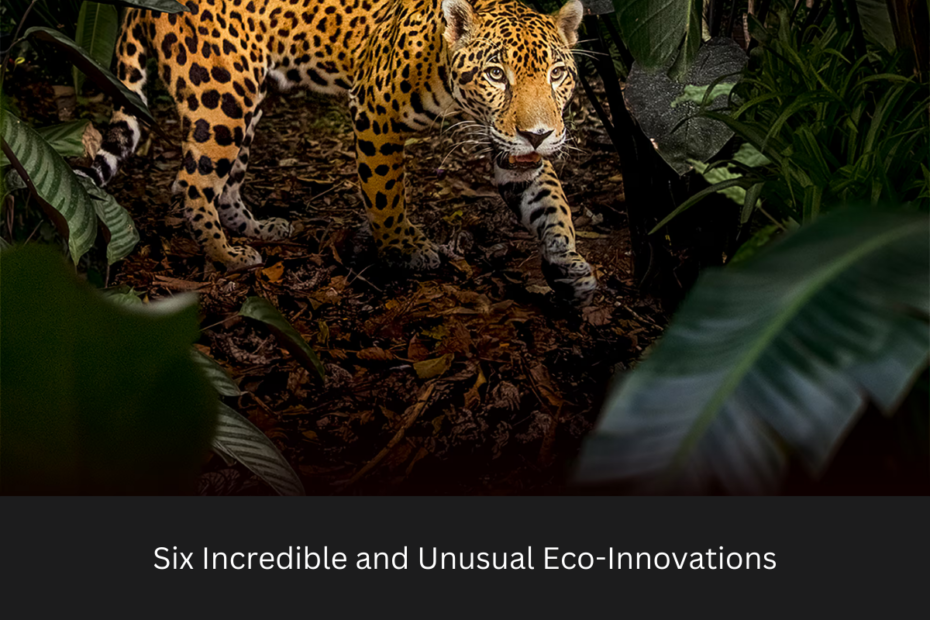In a time when environmental problems and climate change are becoming more serious, new ideas are needed to help build a healthy future. As imagination and technology come together, a new wave of eco-innovations is coming about. These are meant to solve important environmental problems in surprising and useful ways.
Six Incredible and Unusual Eco-Innovations
These innovations not only solve important problems but also change the way we think about sustainability. For example, they turn trash into building materials and use nature’s power for clean energy.
1. Waste Bio-Bricks
Bio-bricks from organic waste are amazing eco-innovations. Researchers have created a method to make bricks from straw and corn husks.
These bio-bricks insulate well and use garbage that would otherwise decay in landfills, generating greenhouse gases. This idea lowers waste and increases building material options to lessen carbon footprints.
2. Biofuel from algae
Algae is a great sustainable energy tool. Researchers are using algae’s photosynthetic properties to make ethanol. Algae can grow in saltwater and quadruple its biomass in days, unlike typical crops.
Algae growth is renewable and carbon-negative because it absorbs carbon dioxide. Thus, algae biofuel could transform the energy sector and combat climate change.
3. Air-Purifying Paint
Researchers created air-purifying paint to combat urban air pollution. This unique paint contains titanium dioxide, a photocatalyst that degrades contaminants in sunshine.
It can lower nitrogen dioxide and volatile organic compounds in buildings, improving urban air quality. This method beautifies and makes areas air pollution fighters.
4. Ocean Cleanup Tech
Innovative technology are helping to clean up the oceans from plastic pollution. The NGO Ocean Cleanup has created a floating system that gathers plastic garbage using ocean currents and barriers.
This method seeks to remove millions of tonnes of plastic from the ocean and prevent further accumulation. This effort improves ocean health by addressing plastic pollution at its source and cleaning up garbage.
5. Vertical farming
Traditional farming systems struggle to feed growing urban populations. Vertical farming uses stacked layers to cultivate crops in controlled settings and is cutting-edge. These urban farms save transportation emissions and provide fresh produce year-round.
See more: Could restoring riverbanks hold the key to healthier communities?
Hydroponics and aquaponics allow vertical farms to produce more in less space and use less water. This novel food production method can help support urban expansion.
6. Mycelium Packaging
Mycelium, the root structure of fungi, is revolutionising ecological packaging. Companies are making mycelium-based biodegradable packaging that decomposes in weeks, unlike plastics that take centuries.
This packaging is sustainable for industries trying to reduce plastic waste because it can be moulded. Mycelium packaging may solve the plastic challenge as consumer knowledge of environmental issues rises.
